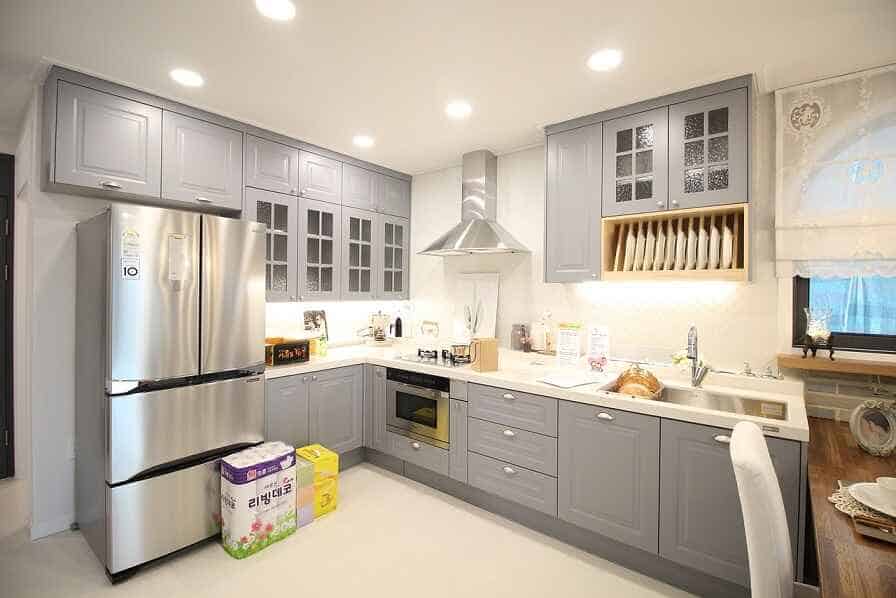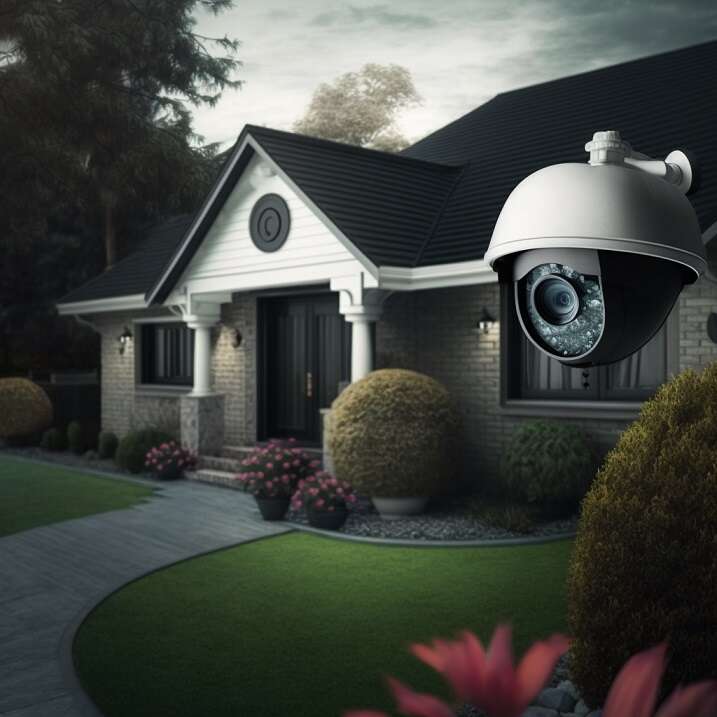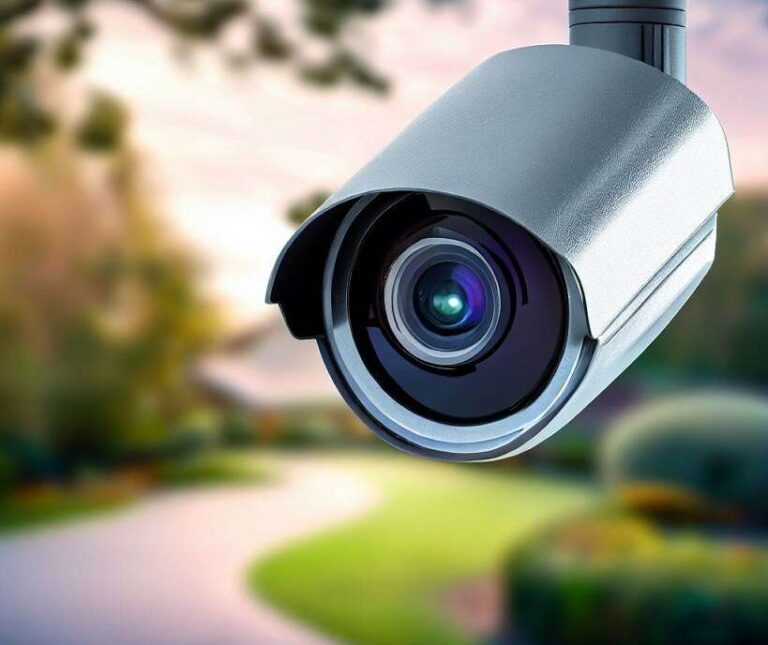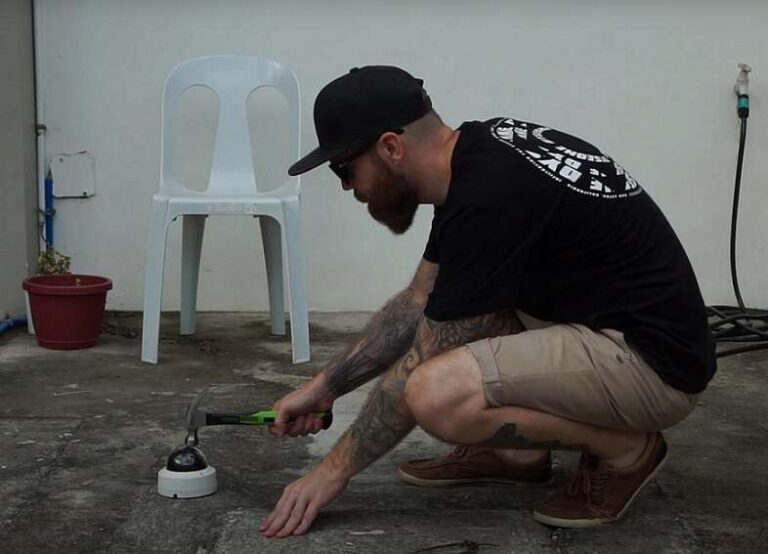Childproofing and Home Security: Ensuring a Safe Environment for Children
As a parent, the safety of your child is of utmost importance. Creating a secure environment within your home is crucial to safeguarding your child’s well-being. Childproofing and home security measures go hand in hand, as they help mitigate risks and prevent accidents.
By identifying potential hazards and implementing appropriate safety measures, you can significantly reduce the likelihood of accidents and create a safe space for your children to grow and explore. In this article, we will provide you with valuable insights, practical tips, and expert advice to childproof your home effectively.

Childproofing and Home Security: Why is it Important?
Childproofing and home security are essential for several reasons. Firstly, young children are naturally curious and tend to explore their surroundings. They may unknowingly stumble upon hazardous objects or encounter unsafe areas within the house. By implementing childproofing measures, you can minimize the risk of accidents and injuries.
Secondly, homes can harbor potential dangers such as sharp objects, electrical outlets, and toxic substances that pose a threat to children’s safety. Through home security measures, you can ensure unauthorized access is prevented, reducing the risk of intruders entering your home. Overall, childproofing and home security are crucial to creating a safe environment for your children.
Childproofing Strategies for a Safe Home
1. Identify Potential Hazards
Before you begin childproofing your home, it’s essential to conduct a thorough assessment of potential hazards. Walk through each room and consider the various elements that may pose a risk to your child’s safety. Some common hazards to look out for include:
- Electrical outlets
- Sharp edges and corners of furniture
- Unsecured furniture and appliances
- Stairs and balconies
- Loose cords and blinds
- Chemicals and cleaning supplies
- Medications and vitamins
By identifying these hazards, you can take the necessary steps to eliminate or minimize the risk they pose.
2. Secure Electrical Outlets
Electrical outlets are one of the most significant risks for young children. To childproof your electrical outlets, consider using outlet covers or safety plugs. These devices act as barriers, preventing children from inserting their fingers or objects into the outlets. Outlet covers are easy to install and provide a simple yet effective solution for minimizing electrical hazards.
3. Protect Against Sharp Edges and Corners
Sharp edges and corners of furniture can cause severe injuries if children accidentally collide with them. To mitigate this risk, utilize corner guards or edge protectors. These soft and cushioned devices can be easily attached to furniture edges, ensuring that any accidental impact is less likely to cause harm.
4. Secure Furniture and Appliances
Unsecured furniture and appliances can tip over and potentially injure children. To prevent tip-overs, anchor heavy furniture, such as bookshelves and cabinets, to the wall. Use furniture straps or brackets to secure them firmly. Similarly, secure appliances like televisions to prevent them from toppling over.
5. Install Safety Gates
Stairs and balconies pose a significant danger to young children. To prevent falls and accidents, install safety gates at the top and bottom of staircases. Safety gates act as physical barriers, restricting access to potentially hazardous areas. When choosing safety gates, opt for ones that meet safety standards and can be securely mounted to walls or door frames.
6. Keep Cords and Blinds Out of Reach
Loose cords from window blinds or curtains can pose a strangulation hazard for young children. Ensure that cords are kept out of reach by using cord winders or securing them high up where children cannot access them. Consider using cordless blinds or window coverings for added safety.
7. Lock Cabinets and Drawers
Chemicals, cleaning supplies, and other potentially toxic substances should be stored in locked cabinets or drawers. Install childproof locks or latches on cabinets and drawers to prevent children from accessing hazardous materials. This will minimize the risk of accidental ingestion or exposure to harmful substances.
8. Store Medications and Vitamins Safely
Medications and vitamins should be stored in a locked cabinet or container, out of children’s reach. Make sure to properly close medication bottles and keep them in a secure location. It is also crucial to dispose of expired or unused medications to avoid any accidental ingestion.
9. Use Safety Covers for Sharp Objects
Sharp objects such as knives, scissors, and gardening tools should be properly stored and kept out of children’s reach. Use safety covers or sheaths to cover the blades of knives and other sharp objects when not in use. Additionally, keep these items locked in a secure cabinet or drawer.
10. Secure Windows and Balconies
Windows and balconies can be potential hazards for children, especially if they are not properly secured. Install window guards or window locks to prevent children from opening windows and potentially falling out. If you have a balcony, ensure that it is childproofed with appropriate railings or barriers to prevent accidents.
11. Eliminate Small Choking Hazards
Small objects that can be a choking hazard should be kept away from young children. This includes items such as coins, small toys, buttons, and batteries. Regularly inspect your home for any small objects that may have fallen on the floor or are within reach of children and remove them immediately.
12. Lock Toilet Seats and Bathroom Hazards
Toilets can be dangerous for young children, especially if they accidentally fall in or try to play with the water. Install toilet seat locks or latches to prevent access when not in use. Keep bathroom doors closed and secure hazardous items such as cleaning products, razors, and medications in locked cabinets.
13. Install Smoke Detectors and Carbon Monoxide Alarms
Smoke detectors and carbon monoxide alarms are crucial for early detection of potential dangers in your home. Install smoke detectors in every bedroom, outside each sleeping area, and on every level of your home. Similarly, place carbon monoxide alarms near sleeping areas and ensure they are in working condition.
14. Create a Safe Zone for Play
Designate a safe and supervised area for children to play. This could be a designated playroom or a section of a room that is childproofed and free from potential hazards. Use safety gates or barriers to restrict access to other parts of the house where children should not be unsupervised.
15. Teach Children About Home Safety
In addition to implementing childproofing measures, it is important to educate children about home safety. Teach them about potential dangers, such as not touching electrical outlets, not climbing on furniture, and not playing with sharp objects. Instill safety habits and make them aware of the rules and boundaries within the home.

Home Security Measures for a Secure Environment
16. Install a Security System
Investing in a home security system provides an added layer of protection for your family. Consider installing a comprehensive security system that includes burglar alarms, motion sensors, security cameras, and door/window sensors. These systems not only deter potential intruders but also alert you and authorities in case of a break-in, ensuring a swift response.
17. Reinforce Doors and Windows
Ensure that all doors and windows in your home are strong and secure. Reinforce entry points by installing deadbolt locks on exterior doors and sturdy window locks. Consider using laminated or impact-resistant glass for windows to make it more difficult for intruders to break in.
18. Use Outdoor Lighting
Well-lit exteriors are a great deterrent for potential intruders. Install outdoor lighting around your property, focusing on entry points, pathways, and dark areas. Motion-activated lights can be particularly effective as they illuminate the surroundings when movement is detected, alerting you to any suspicious activity.
19. Maintain Good Visibility
Trim shrubs and trees near windows and entry points to eliminate potential hiding spots for intruders. Adequate visibility around your home ensures that you can see any suspicious activity and increases the chances of your neighbors noticing anything out of the ordinary as well.
20. Secure Sliding Doors
Sliding glass doors can be vulnerable entry points if not properly secured. Install a security bar or rod in the track of the sliding door to prevent it from being forced open. You can also consider installing a security film on the glass to make it more resistant to breaking.
21. Use Timer Lights
When you’re away from home, using timer lights can create the illusion that someone is present, deterring potential burglars. Set timers on lights in different rooms to turn on and off at different intervals, simulating normal household activity.
22. Secure Garage Doors
Garage doors can provide easy access to your home if left unsecured. Make sure your garage door is always closed and locked when not in use. Consider installing a garage door sensor that alerts you if the door is opened without authorization.
23. Neighborhood Watch and Security Signs
Participate in neighborhood watch programs if available in your area. Collaborating with your neighbors and reporting any suspicious activity can help create a safer community. Additionally, prominently display security signs and stickers on your property, indicating that your home is protected by a security system.
24. Safeguard Outdoor Areas
Backyards and outdoor areas should also be included in your home security measures. Install motion sensor lights in outdoor spaces to illuminate any movement during the night. Secure sheds and storage units with padlocks and consider using security cameras to monitor these areas.
25. Secure Valuables and Important Documents
Keep valuable items and important documents in a secure location, such as a safe or lockbox. This ensures that they are protected in case of a break-in or natural disaster. Store passports, birth certificates, insurance policies, and other essential documents in a fireproof and waterproof container.
FAQs about Childproofing and Home Security
Q1: How early should I start childproofing my home?
A1: It is best to start childproofing your home before your child starts crawling or exploring their surroundings, usually around 6 to 8 months of age.
Q2: Are childproofing products necessary, or can I rely on supervision alone?
A2: While supervision is crucial, childproofing products provide an additional layer of protection. They help create a safe environment even when you can’t keep a constant eye on your child.
Q3: Do childproofing measures eliminate the need for supervision?
A3: Childproofing measures are meant to reduce the risks and hazards in your home, but they do not replace the need for proper supervision. Always keep an eye on your child and be vigilant, even in a childproofed environment.
Q4: Can I childproof my home on my own, or should I seek professional help?
A4: Many childproofing tasks can be done on your own with the help of childproofing products available in the market. However, for more complex tasks or if you’re unsure about certain aspects, consulting a professional childproofing service can provide expertise and peace of mind.
Q5: How often should I review and update my childproofing measures?
A5: It’s important to regularly review and update your childproofing measures as your child grows and develops new abilities. As they reach different milestones, they may discover new ways to access hazards. Conduct a thorough review every few months to ensure ongoing safety.






